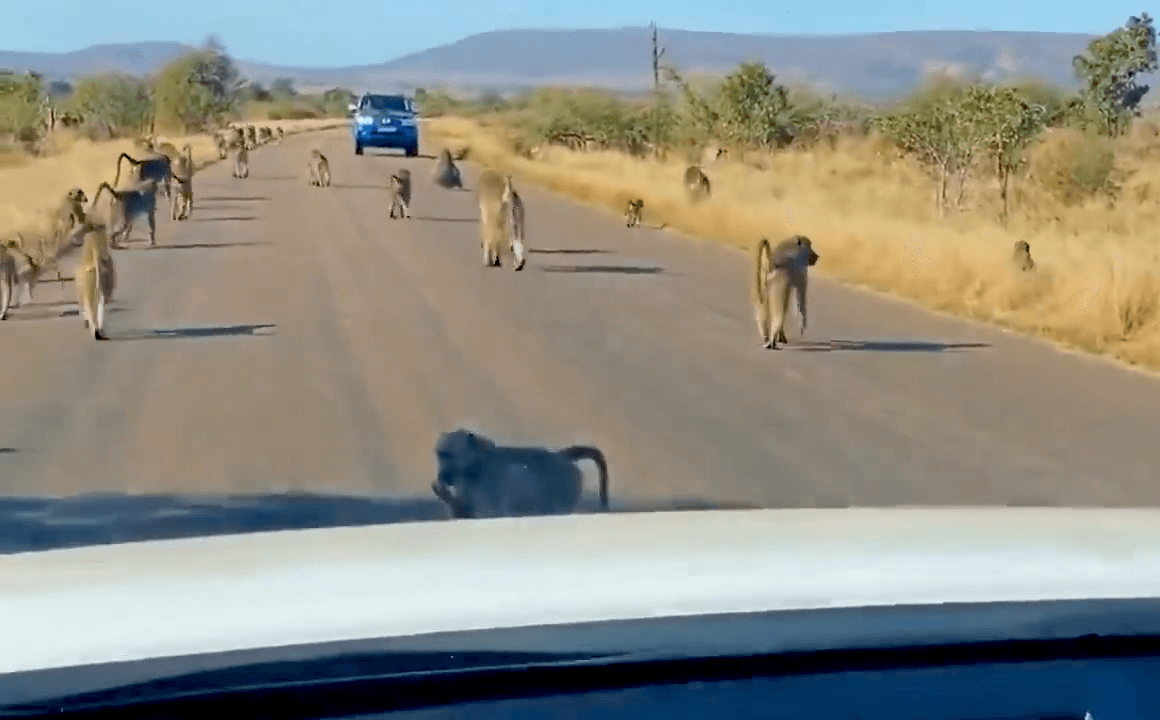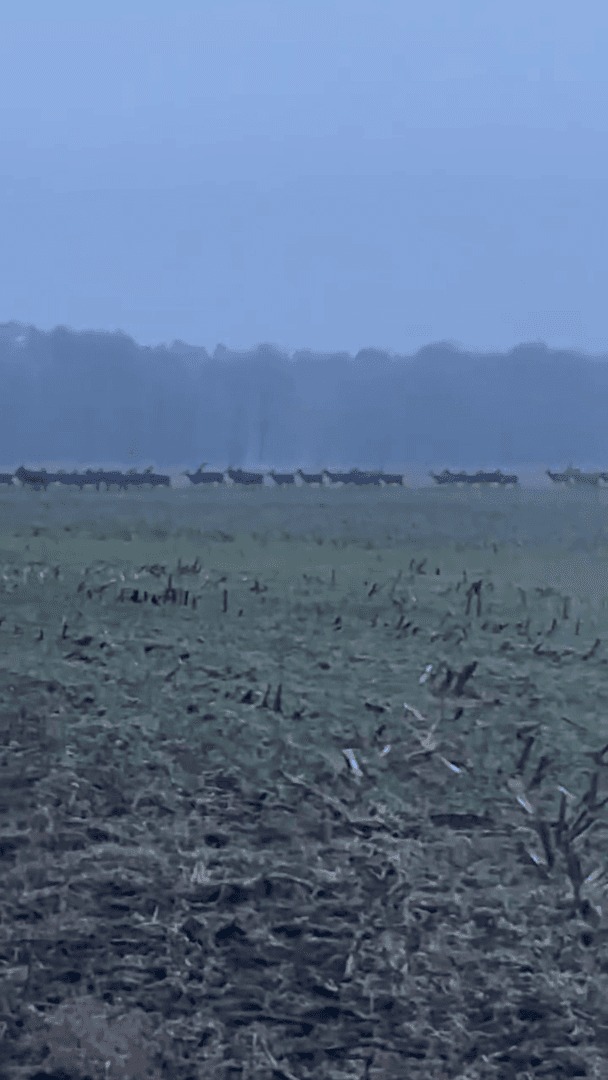
Caza en la Patagonia Argentina: Fauna Silvestre, Estancias de Caza y Aventura en la Naturaleza Indómita del Sur del Continente Características geográficas y naturales de la Patagonia 1. La Patagonia se caracteriza por su relieve variado, que incluye la Cordillera de los Andes al oeste, con bosques templados y lagos, y las áridas mesetas patagónicas al este. El clima es frío y ventoso, con inviernos rigurosos y veranos suaves. 2. La región alberga una gran diversidad de ecosistemas, desde bosques subantárticos hasta estepas semiáridas, lo que favorece la presencia de una fauna variada. 3. La Patagonia es hogar de especies emblemáticas como el ciervo colorado, el puma, el guanaco, el jabalí europeo (introducido) y diversas aves, como patos y perdices. La Patagonia es una región escasamente poblada, con una densidad demográfica muy baja. La población se concentra en ciudades como Bariloche, Neuquén, Comodoro Rivadavia y Ushuaia. Tipos de caza: - Caza mayor: el ciervo colorado, el
Post: 8 May 13:01



















